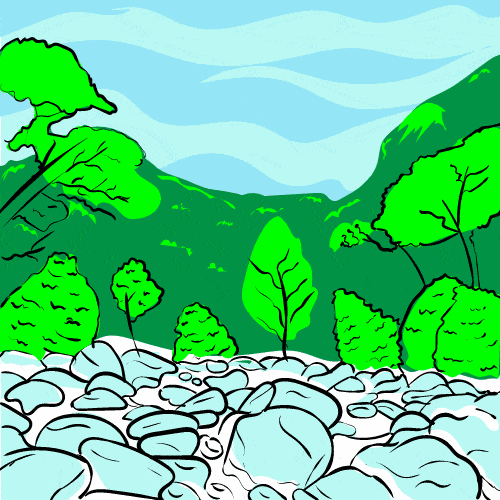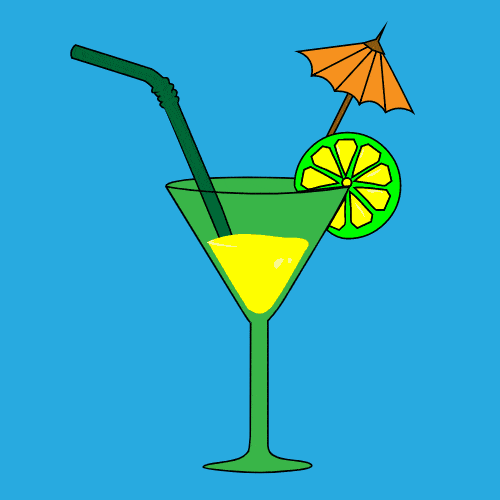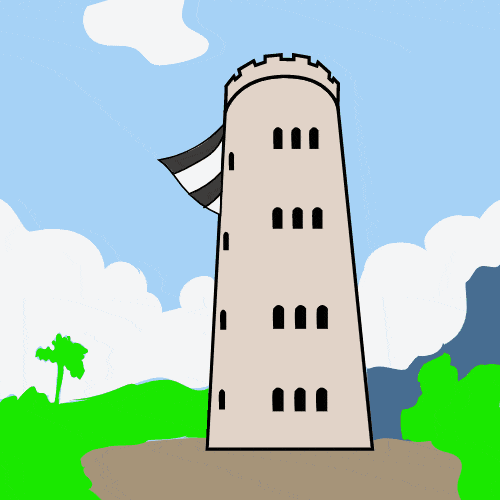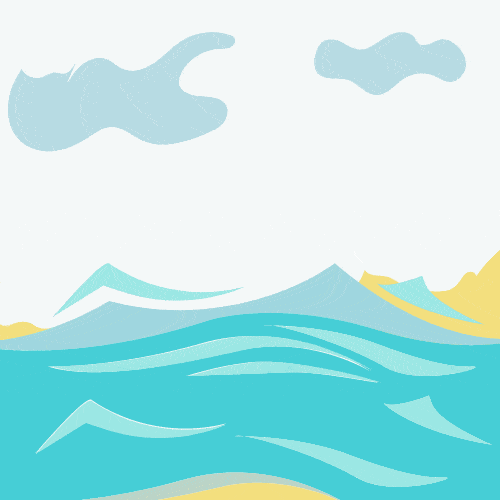Puerto Rico is one of the best scuba diving destinations in the Caribbean.
There are more than 30 reefs, 200 species of coral, and over 675 species of fish.
Having been a dive instructor in Puerto Rico for many years, I have seen the best spots.
In this article, I’ll cover the 30 best dive sites in Puerto Rico:
1. Escambron Beach
Escambron is an easy learning spot for scuba diving with depths averaging 20 feet.
There is an artificial reef built with columns and statues on the outer edge of the park.
Below is a video showing scuba diving at Escambron Beach:
The dive spot is accessible through Escambron Park on the outskirts of Old San Juan.
Below is a Google Map showing the location of Escambron Beach:
2. Blue Hole, San Juan
The Blue Hole dive spot is located off the beach of Ocean Park in San Juan.
The reef break is visible from the beach. It’s recommended to arrive at the reef in a dingy or small watercraft.
Below is a video showing scuba diving at Blue Hole:
The Blue Hole has an extensive family of elkhorn corals and arching rock formations.
There is a cave on the north end of the reef where manatees and turtles are frequently spotted.
Below is a Google Map showing the location of Blue Hole:
3. Caballos, San Juan
Caballos Reef has depths ranging from 20 feet to 100 feet.
You can access Caballos Reef through the Balneario of Carolina Park, or Cangrejos Marina.
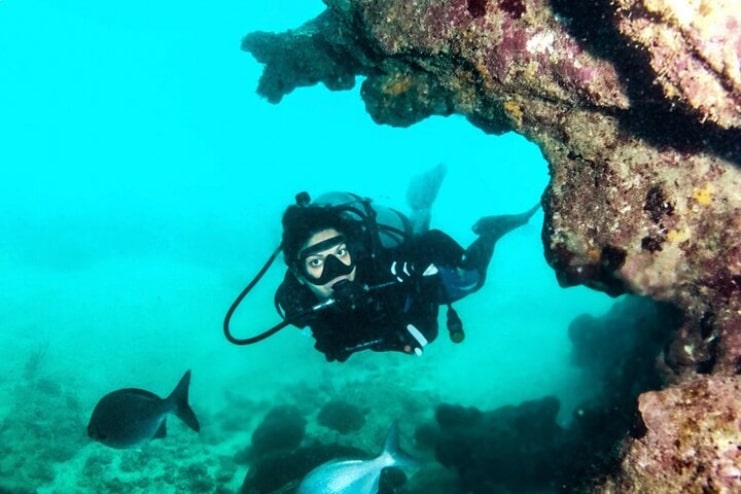
This spot is for more advanced scuba divers, and should only be accessed in the summer months.
Strong currents, big waves, and distance from the shore require caution.
Below is a Google Map showing the location of Caballos Reef:
4. Cerro Gordo, Dorado
Cerro Gordo is located in the province of Vega Alta.
Below is a video showing scuba diving at Cerro Gordo:
The site is 45 minutes from San Juan on the north coast of the island.
The biggest attraction is the unusual rock formations that make up this unique beach.
Below is a Google Map showing the location of Cerro Gordo:
5. Los Tubos, Manatí
Los Tubos Park is located in the town of Manatí on the north coast of Puerto Rico.
The park has a ramp where a small dinghy or watercraft can be launched.
Below is a video showing scuba diving at Los Tubos:
You can also choose to do a beach launch from this location although there is a surf break close by.
It’s common to see brain corals, finger corals, sand dollars, sea turtles, and sting rays.
Below is a Google Map showing the location of Los Tubos:
6. Black Eagle, Rincon
Black Eagle in Rincon is part of the Tres Palmas Nature Reserve.
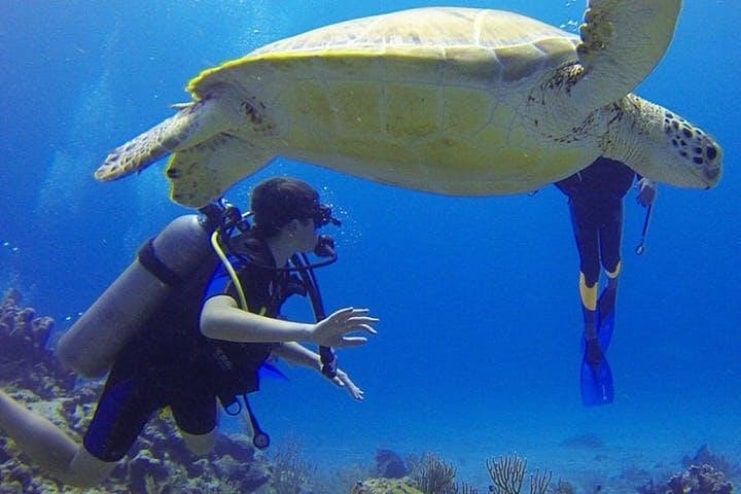
The location has a large parking lot, and ramp making access to the reef easy.
Below is a Google Map showing the location of Black Eagle:
7. Playa Santa
Playa Santa is located on the southwest corner of the island of Puerto Rico.
This part of the island is less visited, which results in a better-preserved ecosystem.
Below is a video showing scuba diving at Playa Santa:
You can see eels, sharks, and schools of tropical fish living in the rock crevices and underwater cliffs.
The reef forms part of the “Pared” Barrier Reef.
Below is a Google Map showing the location of Playa Santa:
8. Isla Mona
This island is 40-46 miles from the mainland of Puerto Rico.
The island is uninhabited, and you will require a professional guide to explore this reserve.
Below is a video showing scuba diving at Isla Mona:
For scuba divers, it’s the most pristine marine habitat you will find in Puerto Rico.
Below is a Google Map showing the location of Isla Mona:
9. Desecheo Island
Desecheo Island is located on the west side of Puerto Rico.
It makes up part of the gorgeous sunsets in the town of Aguada.
Below is a video showing scuba diving at Desecheo Island:
The island is uninhabited, and you should go with professional scuba divers.
Large rock outcroppings, lobsters, pillar coral, and fresh fish make this a spectacular site.
Winds blowing from the east or the south can create currents into the open ocean.
Below is a Google Map showing the location of Desecheo Island:
10. Shacks Beach, Isabela
Shack’s Beach in Isabela is well known by wind sports enthusiasts.
However, on calm days Shack’s Beach reveals its underwater cave and coral ecosystem.
Below is a video showing scuba diving at Shacks Beach:
Scuba divers wait for a day when the ocean is calm enough to explore this magnificent reef.
Below is a Google Map showing the location of Shacks Beach:
11. Tres Palmas Nature Reserve, Rincon (Steps Beach)
The Tres Palmas Nature Reserve was founded to protect the reef from urban development.
The community successfully named the area a reserve in 2004.
Below is a video showing scuba diving at Tres Palmas:
Today the shallow reef is home to groupers, flounders, Chromis fish, elkhorn corals, sponges, and a variety of sea life.
Below is a Google Map showing the location of Tres Palmas:
12. Crash Boat Beach, Aguadilla
Crash Boat Beach is located on the west side of the island in the town of Aguadilla.
Below is a video showing scuba diving at Crash Boat:
Crash Boat Beach has a long pier that has become an artificial reef structure.
Additional structures were added to form an underwater course.
Below is a Google Map showing the location of Crash Boat:
13. Caja de Muertos Island
Caja de Muertos Island is where your imagination can really come alive.
Below is a video showing scuba diving at Caja de Muertos Island:
The beach is located 4.8 miles from Ponce.
There are several ramps used to locate this destination in Ponce, Salinas, or Santa Isabel.
Below is a Google Map showing the location of Caja de Muertos:
14. La Parguera
La Parguera translates to “Parrot Fish” and an encounter with one of these beauties is always a delight.
La Parguera is where the “La Pared” Barrier Reef begins.
Below is a video showing scuba diving at La Parguera:
This large ecosystem extends from La Parguera to Lajas.
Choose from several sites ranging from beginner to advanced.
La Parguera is also home to one of the island’s three bioluminescent bays.
Below is a Google Map showing the location of Caja de Muertos:
15. Punta Ballena, Guanica
Playa Ballena translates to “whale beach”.
Whales are frequently seen migrating on the coasts of Puerto Rico from January to March.
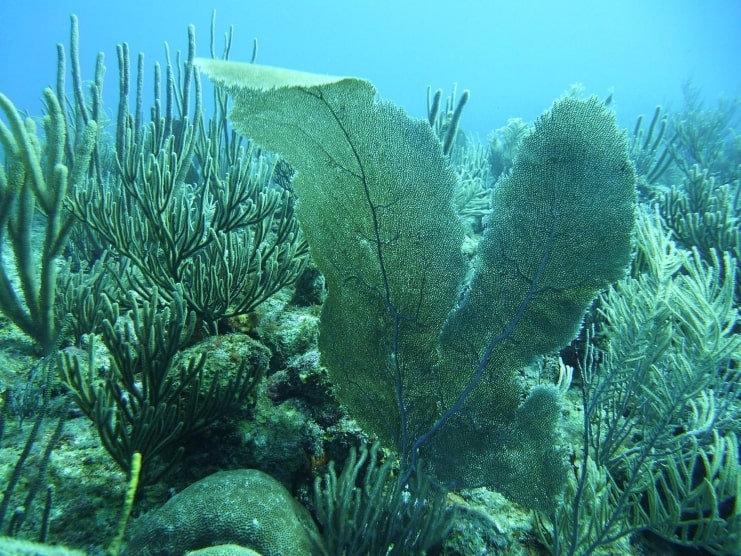
Beyond the shoreline, there is a sand bar where you can see fantastic marine life including spotted eagle rays, queen conchs, and yellowtail snappers.
Below is a Google Map showing the location of Punta Ballena:
16. Guanica Trench
La Pared in Guanica is a wall dive.
Below is a video showing scuba diving at Guanica Trench:
Dive destinations start at 50 feet, and then sharply descend into unknown depths.
Swimming off the steep plateau is always a surreal experience.
Below is a Google Map showing the location of Guanica Trench:
17. Seven Seas Beach, Fajardo
The name given for Seven Seas Beach comes from the 7 shades of blue, green, and aquamarine that can be seen from the shore.
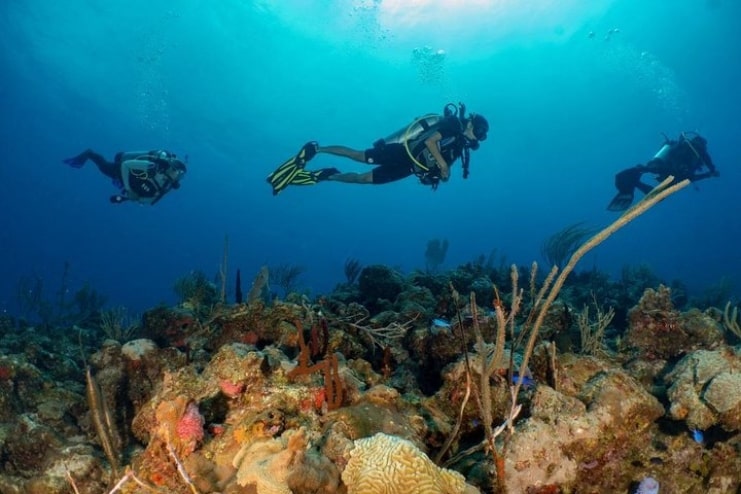
The reef close to shore has mostly been bleached due to global warming.
Launch from the Las Croabas Boat ramp and you can access healthier reefs in deeper waters.
Below is a Google Map showing the location of Seven Seas Beach:
18. Picuas, Rio Grande
Las Picuas translates to “Barracudas”.
This part of the island has a large exuberant reef that can be a nightmare for boaters.
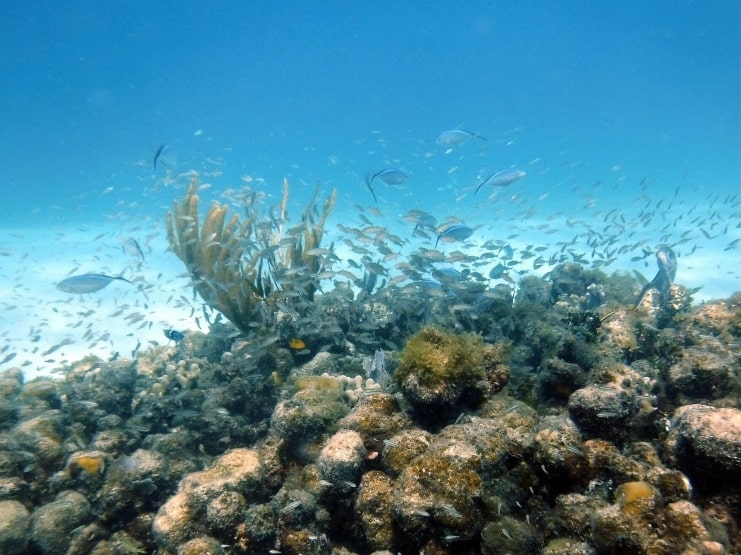
Part of the reef includes sunken watercraft that have been absorbed into this ecosystem.
Overall the location is challenging to get to and located in a mostly privatized part of the beach.
Below is a Google Map showing the location of Las Picuas:
19. Playa Azul, Luquillo
Playa Azul is an area that extends from La Pared Surf Break in Luquillo down to the Balneario Monserrat.
This beach appears to be extremely shallow.
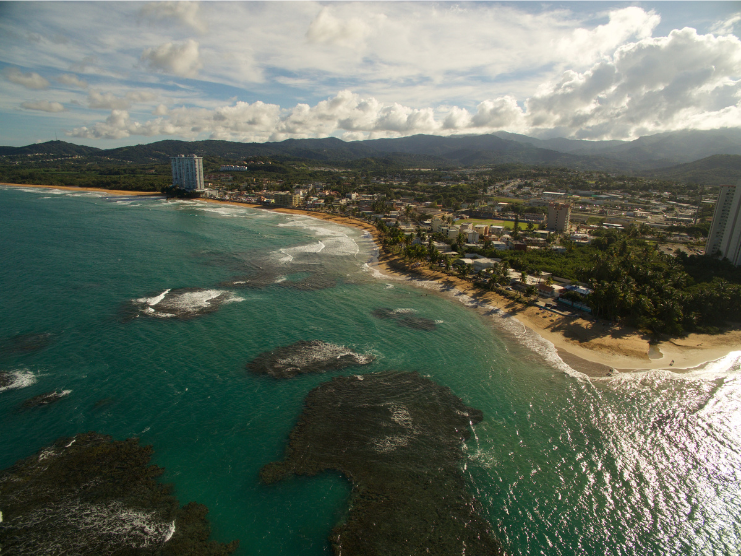
However, the shallow places can give way to labyrinths of coral rock below.
This prehistoric reef has grown to sea level, and the fish have picked caves and crevices throughout the limestone.
Choose the day of your dive wisely to get the most clear conditions.
Below is a Google Map showing the location of Playa Azul:
20. Palominito Beach
Palominito Beach is located off the coast of Fajardo.
The island is part of El Conquistador Resort. Games and beach bars cover the small island.
Below is a video showing scuba diving at Palominito Beach:
There is a shallow reef in the area with several interesting cays.
However, the dive is heavily trafficked by tourists.
It’s fun to visit, but not the most pristine reef in Puerto Rico.
Dive in the waters, or enjoy a piña colada. It’s easy to leave the real world behind, with a visit to this fanciful island.
Below is a Google Map showing the location of Isla Palominitos:
21. Playa La Selva, Luquillo
La Selva is where the rainforest meets the ocean.
The area has powerful waves and strong currents.
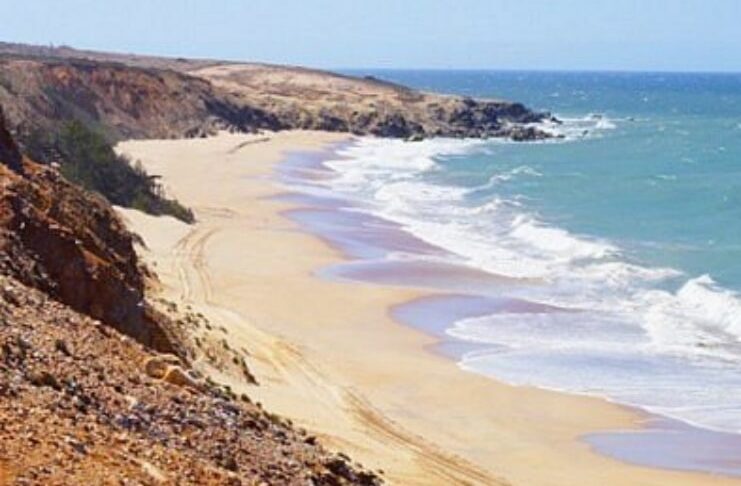
It’s recommended to be familiar with the dynamics of the bay and its beaches as there are several tricky areas with dangerous currents.
Below is a Google Map showing the location of La Selva:
22. Ceiba, Puerto Rico
Ceiba is located on the far east corner of the island.
It’s most known for its large marinas, and small regional airport.
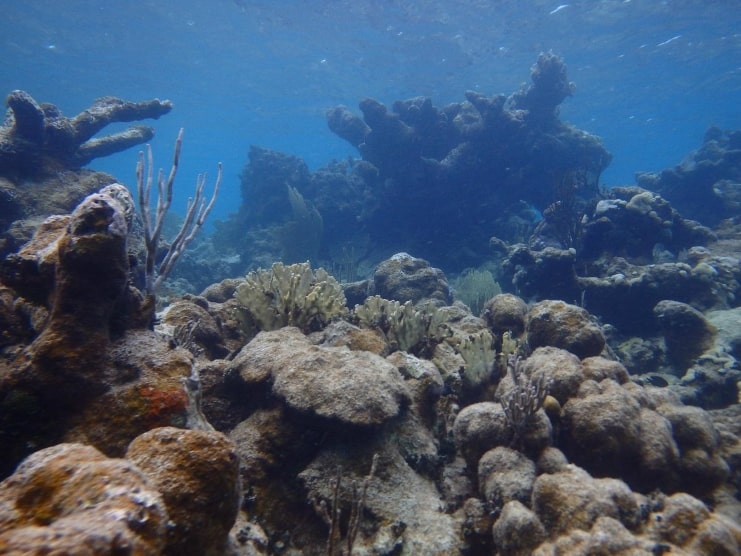
This makes Ceiba the quintessential location for accessing all of the dive sites in the region including Culebra, Vieques, Fajardo, Humacao, and even the nearby Virgin Islands.
Below is a Google Map showing the location of La Selva:
23. Islands in the Sand, Humacao
Humacao is a lovely seaside town on the east coast of Puerto Rico.
Many dive operators provide tours to secret dive spots in the area.
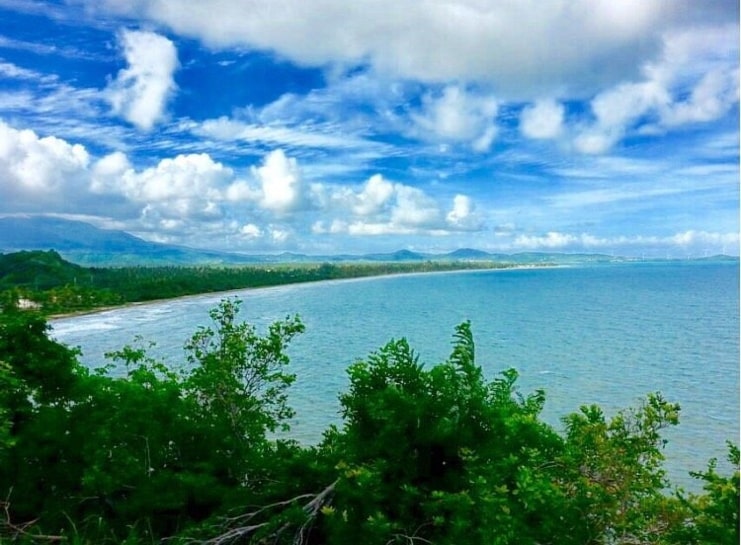
Divers will enjoy interesting rock structures, artificial reefs, and boat wreck diving.
You can even see some big-ticket creatures like manta rays, lobsters, and moray eels.
Below is a Google Map showing the location of Islands in the Sand:
24. Retreat, Humacao
Dive deep and leave the world behind, at the Retreat dive site.
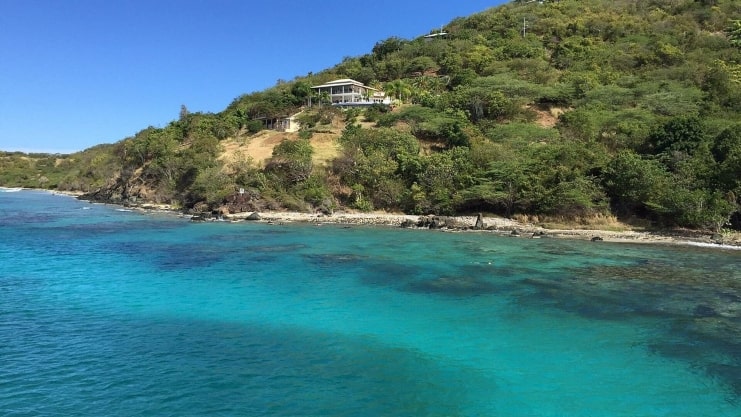
Here you can descend 70 feet below sea level and explore this tropical underwater world.
In this reef, you may even spot a reef shark, but there is no need to panic.
Shark attacks in this area are extremely rare, especially when the animals are unprovoked.
Below is a Google Map showing the location of the Retreat, Humacao:
25. Cayo Luis Peña, Culebra
The island of Culebra is one of the most desirable destinations in the world.
Culebra doesn’t have rivers and receives less rain than other places in Puerto Rico.
The video below shows scuba diving at Cayo Luis Peña, Culebra:
This creates crystal-clear water that is undisturbed by sentiment.
The pure white sand and clear water make this nature reserve a world-class destination.
Below is a Google Map showing the location of Cayo Luis Peña, Culebra:
26. Carlos Rosario Reef, Culebra
Expect to see sea fans and aquatic vegetation in this underwater garden.
The video below shows scuba diving at Carlos Rosario Reef, Culebra:
Swim with turtles, spot cuttlefish, or just marvel in this marine paradise.
Below is a Google Map showing the location of Carlos Rosario Reef, Culebra:
27. Culebrita Island, Culebra
Culebrita Island is a small cay off the coast of Culebra Island.
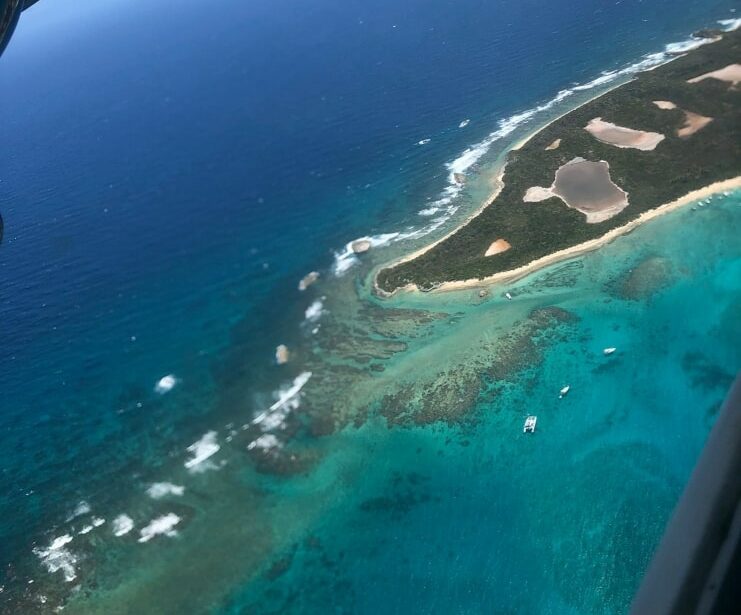
It’s uninhabited and less visited than many other dive sites in Puerto Rico.
Below is a Google Map showing the location of Culebrita:
28. Playa La Chiva, Vieques
Playa La Chiva is located in the U.S. Fish & Wildlife Department and is a protected nature reserve.
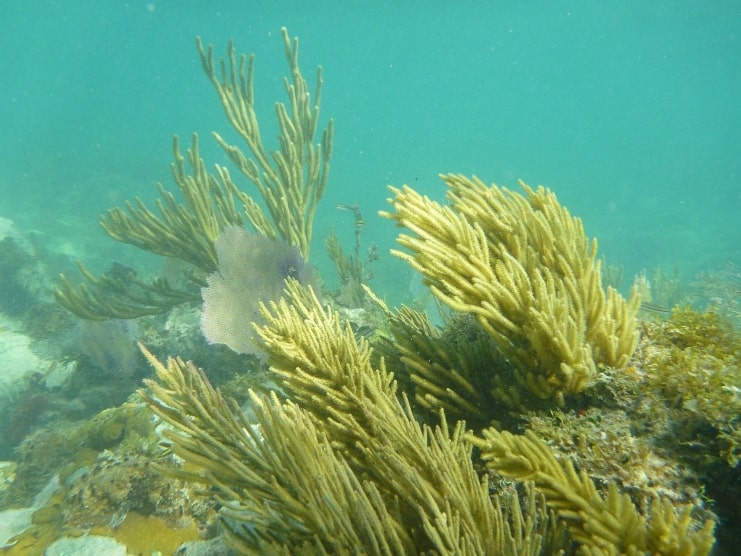
The beach is sometimes referred to as Blue Beach, but its local name “Playa La Chiva” is much more appreciated by locals.
The beach is very long, with numbered turn-offs from the road that each lead to a picturesque part of the beach.
You can start your scuba trip from #8 or #9 to access a nearby reef.
Below is a Google Map showing the location of La Chiva:
29. Playa Caracas, Vieques
Playa Caracas is a shell collector’s dream come true.
You can find large queen conchs, welchs, and helmet conchs.
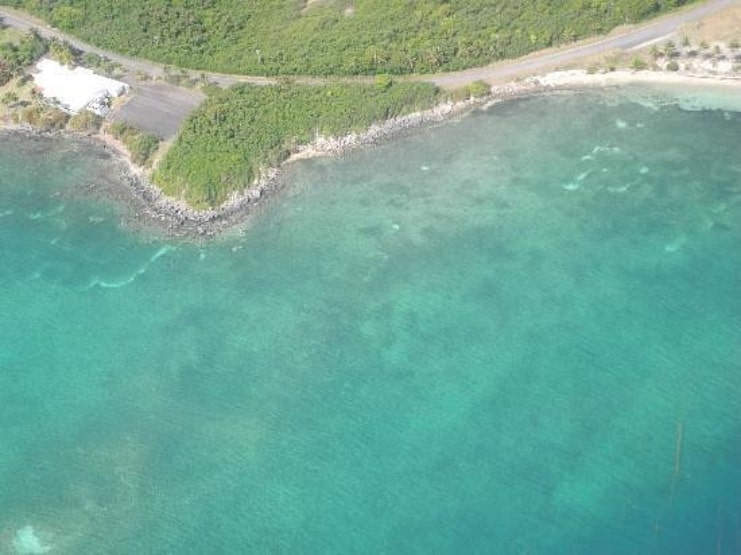
The warm water, white sand, shimmering sea grass, and rock formations make this Caribbean destination an enjoyable selection.
Below is a Google Map showing the location of Caracas Beach:
30. Mosquito Pier, Vieques Island
The pier has become an incredible artificial reef with pylons extending 20 feet into the sea floor.
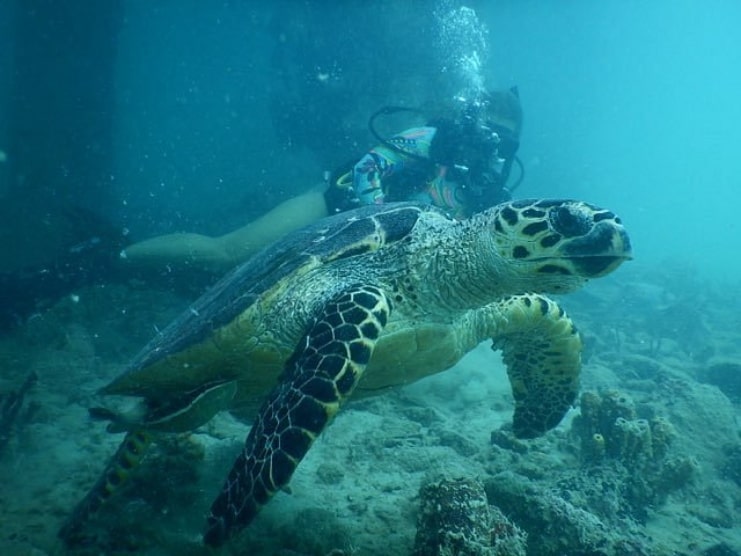
During certain times of year large moon jellyfish dance in the water.
No need to be afraid, the top portion of their large heads are non-venomous, you can push them away, and they are actually quite a site.
FAQ section
Does Puerto Rico have good scuba diving?
The variety of the reefs and their unique attributes makes scuba diving in Puerto Rico interesting and attractive. Puerto Rico’s warm ocean waters, and well-preserved eco-systems make it an excellent choice for a scuba diving destination.
Does San Juan have good scuba diving?
Yes - the city is surrounded by a barrier reef, which protects the shores from ocean swells. The barrier reef creates cays that may even keep larger sea creatures out.
Final thoughts
Puerto Rico is a must-visit destination for diving enthusiasts.
Review the weather conditions before diving, and hire an experienced guide when you’re visiting a new location.
Late spring and summer are the best times to dive in Puerto Rico. Fall and winter can be less desirable.
If you are looking for other things to do, then I recommend that you read our article about Puerto Rico’s bioluminescent bays. This is the most unique water activity in PR.

